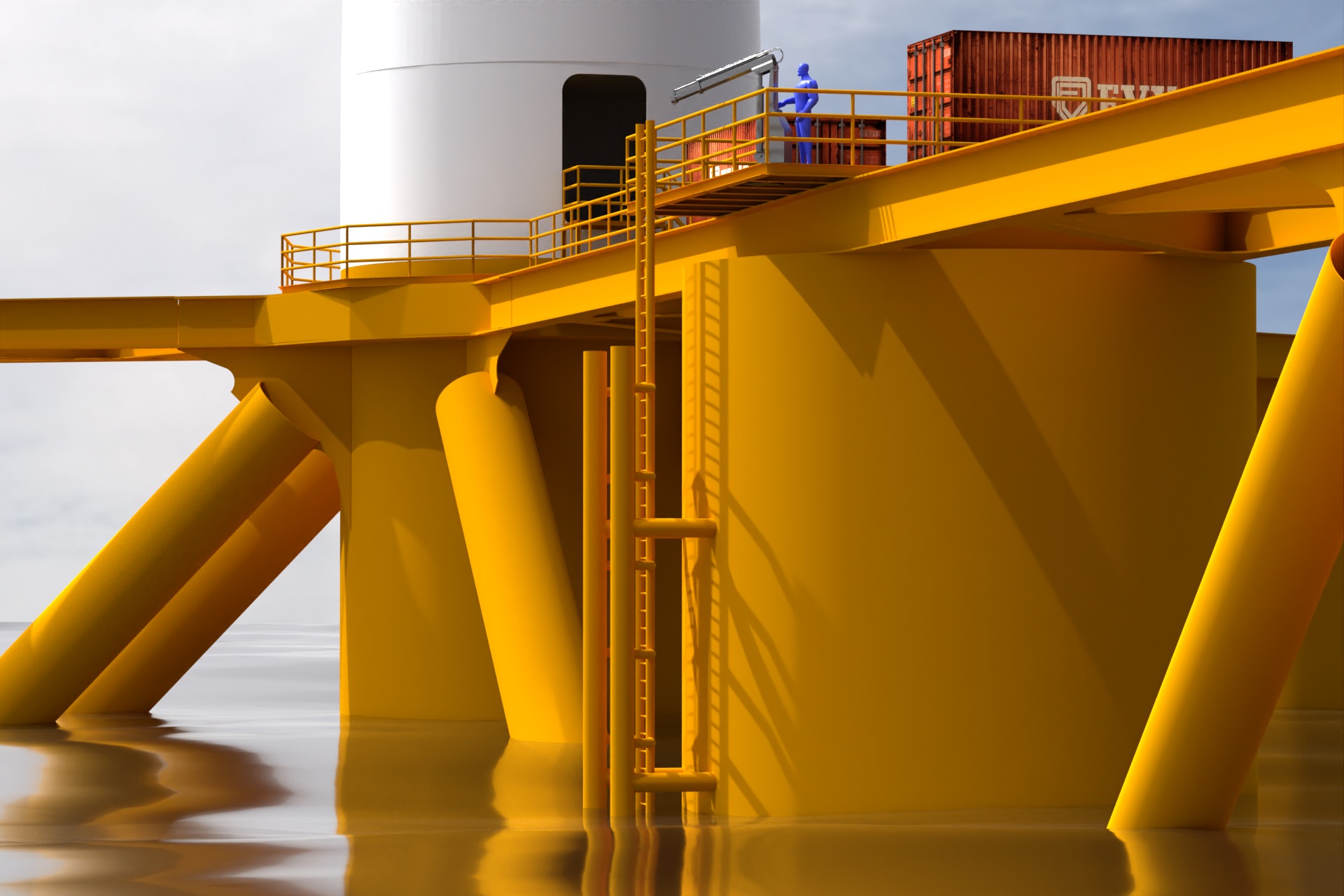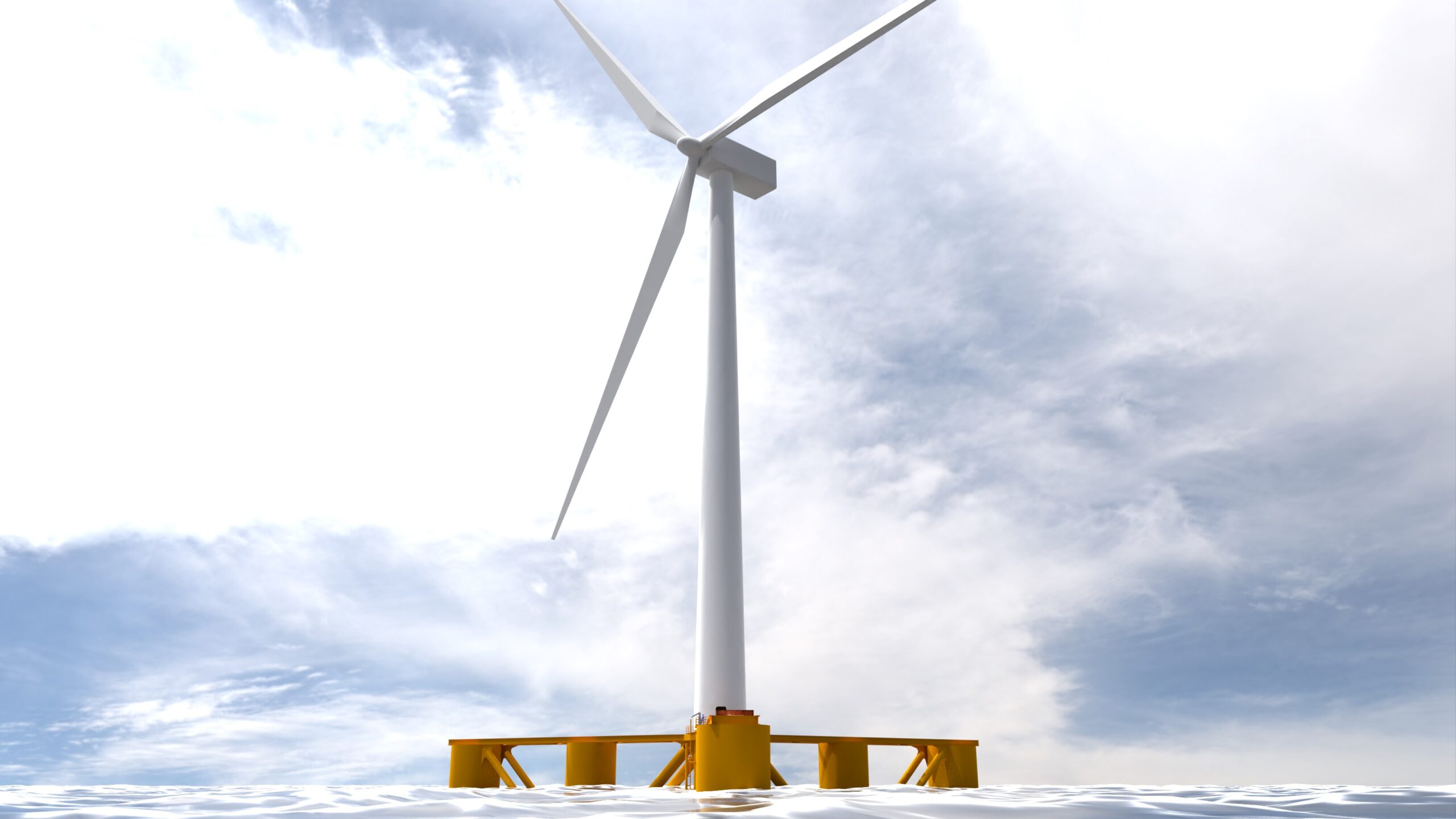
The next generation floating offshore wind
A pure bred floating platform technology native to the industry of offshore wind
The offshore wind industry has been seeking ways to expand the generation of clean energy in deeper waters, where fixed-bottom structures become economically unviable. Floating Offshore Wind Turbines (FOWTs) have emerged as a solution to this challenge. MOLO®, developed by Clovers in collaboration with highly reputed fabricators , is a next-generation FOWT designed bottom-up for large scale manufacturing.
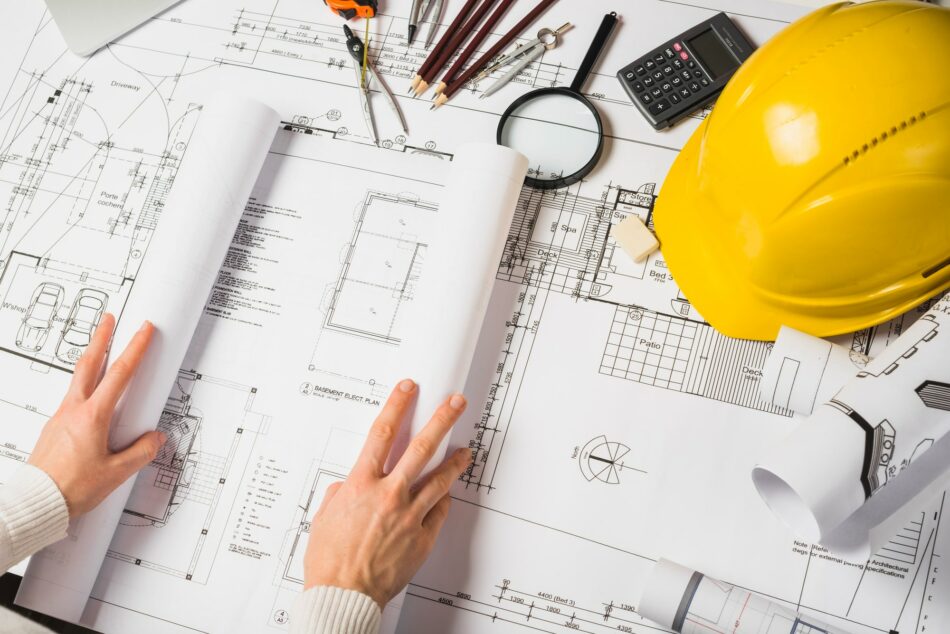
TECHNOLOGY OVERVIEW
MOLO® is designed with a unique structure that facilitates mass production through modular assembly and structural elements suitable for automated serial production. It can accommodate a wide range of Wind Turbine Generators (WTGs) and has been meticulously engineered to minimize the LCOE.
Key design features of MOLO® include:
- Cost-effective product development through repurposing existing components from well-established fabricators without modifications.
- Ensuring logistic flexibility by incorporating standard components
- Incorporating mature technology in every aspect of the structure
- Facilitating mass production through modular assembly
- Scalable, accommodating future WTG sizes exceeding 20 MW.
MOLO’s patented multiple column topology is one of its most noteworthy features. Multiple columns allow us to reduce the column diameter below the threshold of automatic manufacturing, this innovative design significantly speeds up the most labor-intensive part of building a floating structure. As a result, MOLO offers a more efficient and cost-effective solution for constructing floating structures compared to traditional methods.
INDUSTRIALIZATION HIGHLIGHTS
Capitalizing on the trusted expertise of industry-leading offshore wind fabricators, MOLO® technology per design incorporates into their existing production facilities without requiring large modifications or adjustments. This industry native technology not only streamlines the manufacturing process but also guarantees the highest standards of quality and reliability for our clients, ensuring their projects’ success and sustainability in the offshore wind industry.

SUPPLY CHAIN AND MANUFACTURING PROCESSES
By leveraging existing manufacturing capabilities and optimizing the production process, MOLO® offers a cost-effective and efficient floating offshore wind platform solution that can be quickly and easily deployed in a variety of offshore wind projects.
Pre-fabrication
MOLO® is tailor-made for industrialization using existing automated manufacturing facilities and proven delivery models. Prefab parts for MOLO® will be sourced from assets in existing supply chains. These parts can then be transported by barge to the assembly site.
Sub-assembly (Assembly of wings)
Depending on logistics optimization, local content requirements, and space constraints, wing assembly can be performed either at the final assembly site or an intermediate site. The flexibility offered by this approach can be beneficial when area constraints dominate logistics design.
Final Assembly
The final assembly involves attaching the three wings to the center column. The center column is prefabricated and delivered to the yard in one piece. Attaching secondary steel components, including boat landings, gangways, J-tubes, and mooring supports, can be performed at any stage of the production line.
DEVELOPMENT
Clovers has developed MOLO® through years of extensive engineering studies and collaboration with reputable industry partners. In addition to our own internal engineering team, we have worked closely with several other renowned engineering houses to ensure that MOLO® is optimized for performance and reliability.
Our commitment to rigorous testing and verification ensures that MOLO® is ready for market and can meet the demands of the offshore wind industry.
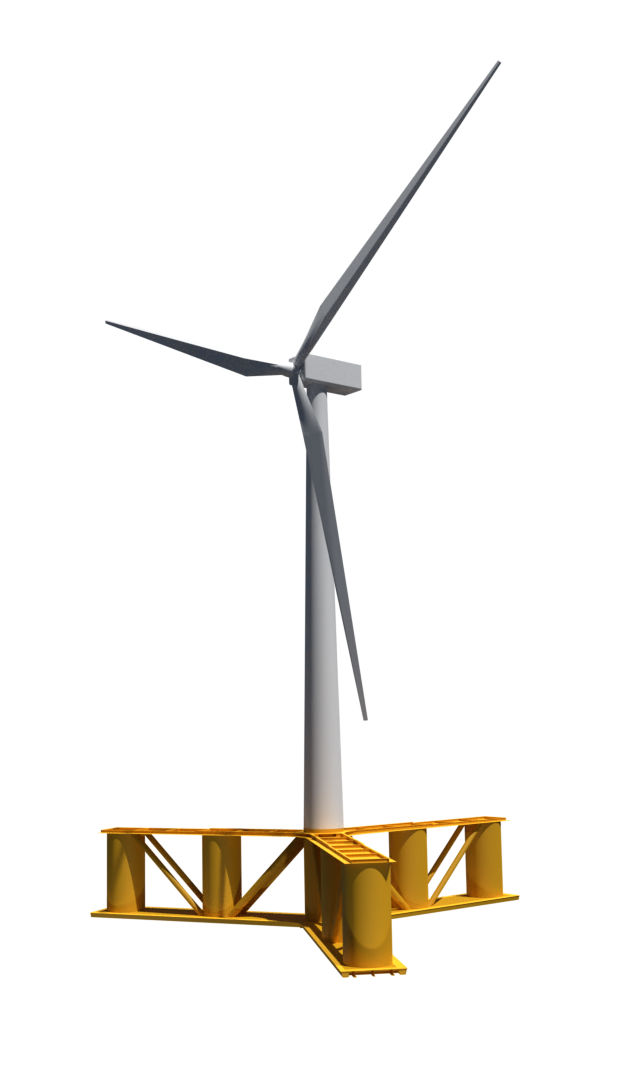
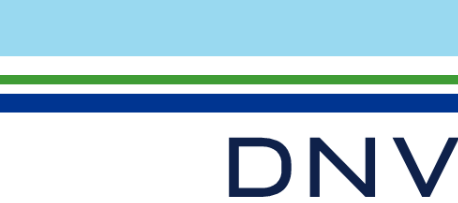
COMMERCIAL AND TECHNICAL RISK PROFILE
MOLO®’s design emphasizes innovative industrialization without introducing new technology risks. Drawing upon proven offshore technologies with decades of reliability, it focuses on reducing complexity by constraining the design to simple, fabrication-friendly parts and assemblies. At the same time, MOLO® integrates multiple functions into each part to minimize the number of components. This approach not only ensures a strong foundation based on time-tested technologies but also reduces the likelihood of failure and maintenance intensity, ultimately leading to an increase in Annual Energy Production (AEP).
Furthermore, DNV has performed a thorough verification of the MOLO® concept, which resulted in the issuance of a Statement of Feasibility in October 2020. Currently, we are conducting basic design certification to ensure that MOLO® meets all industry standards and regulations.
OPERATION AND MAINTENANCE
MOLO® is designed for efficient maintenance, with all critical connections accessible from outside. It accommodates Crew Transfer Vessels (CTVs), Service Operation Vessels (SOVs), and major component exchanges. MOLO® is also well suited for monitoring and inspection tools, such as digital twins and drones, which can help reduce the need for technicians to go onboard.
